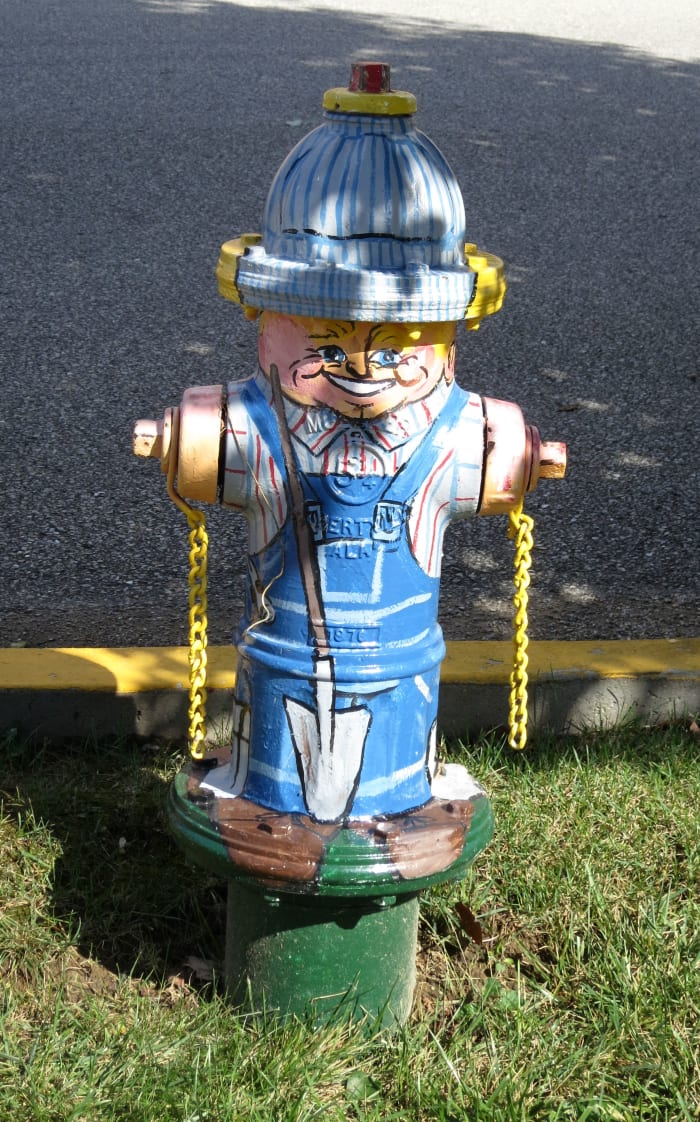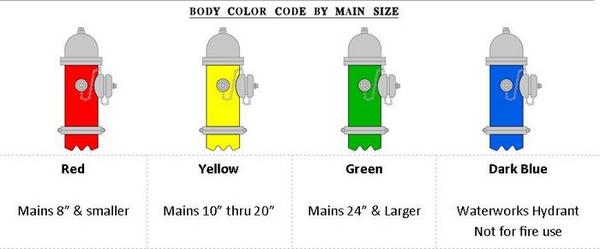

The friction loss in a single 5-inch LDH is as follows 1: The difference in friction loss between the large-diameter and the medium-diameter supply setups is also significant. This is approximately 74 gallons more than the two 2½-inch supply lines sand approximately 64 gallons more than the two 3-inch supply lines. When charged, a single 5-inch line contains approximately 100 gallons per 100 feet of hoseline. The most commonly used LDH is the 5-inch hoseline. Whenever possible, the use of LDH is recommended, particularly when large fire flows will be needed or when water must be transported a great distance. This produces greater fire flows and allows LDH to transport water a much greater distance than medium-diameter lines. While medium-diameter supply hoseline setups are effective, they do not compare to the effectiveness of large-diameter hoselines (LDH), which allow for an increased quantity of water to be transported while losing minimal pressure to friction loss. With this in mind, when selecting from medium-diameter supply hoselines, the 3-inch hoseline option is preferable over the 2½-inch option. The distances in which the two 3-inch supply hoseline setup can effectively transport water is as follows 2: The two 3-inch setup also allows for the effective transportation of water over a greater distance than the two 2½-inch setup. While the two 2½-inch setup must account for nearly 50 psi per 100 feet of the supply line with a fire flow of 900 gpm, the two 3-inch setup will allow for a fire flow of 1,500 gpm to be produced with the same amount of friction loss in the supply hoselines. The decrease in friction loss between the two 3-inch and the two 2½-inch setup allows for a much greater fire flow to be produced. The two 3-inch supply hoseline setup contains approximately 36 gallons of water per 100 feet when the hoselines are charged. This allows for the two 3-inch line setup to effectively transport water for a greater distance than the two 2½-inch line setup. Due to the larger size of each hoseline used in this setup, the quantity of water that the hoselines contain is increased while the friction loss in the hoselines is decreased. The two 3-inch supply hoseline setup is identical to the two 2½-inch setup in both the manner in which the supply hoselines are loaded in the hosebed of the apparatus as well as the manner in which the supply hoselines are placed into operation. The distances for which the two 2½-inch line setup can effectively transport water is as follows 2: The increased amount of pressure that is lost from friction in the two 2½-inch supply hoseline setup greatly reduces the distance in which this supply hoseline setup can effectively transport water from the supply source to the scene. The two 2½-inch supply hoseline setup will contain approximately 26 gallons of water per 100 feet once charged. The problem with using 2 ½-inch lines as supplylines is that they are not as effective as other size hoselines. Departments often use 2½-inch instead of 3-inch hoselines so that they can order a single size hoseline for multiple purposes, such as supply attack hoselines. The two 2 ½-inch hoselines is a common setup. Distance refers to the distance that the water must be transported from the water supply source to the fire scene. Friction loss refers to the amount of pressure that is lost due to friction within the hoseline. Water quantity refers to the amount of water that a supply line contains when charged.

When evaluating the effectiveness of a supply line setup, firefighters must evaluate each factor that affects the operation-water quantity, friction loss and distance.

Many firefighters will say that two 2½-inch hoselines equal one 5-inch hoseline, but this is not the case. Both 2½- and 3-inch hoselines are considered medium-diameter, while the 5-inch hoseline is considered large-diameter.

The three most common supply hoseline setups are two 2½-inch, two 3-inch and a single 5-inch supply hoseline. For hydrant operations, firefighters must understand the capabilities and limitations of the supply hoselines as well as the water main system that is supplying the hydrants, not to mention the hydrants themselves. While some operations will be performed through drafting, water shuttles or relay pumping, the most common and basic water supply operation is through a fire hydrant. Effective supply hoseline operations are essential to engine company operations.


 0 kommentar(er)
0 kommentar(er)
